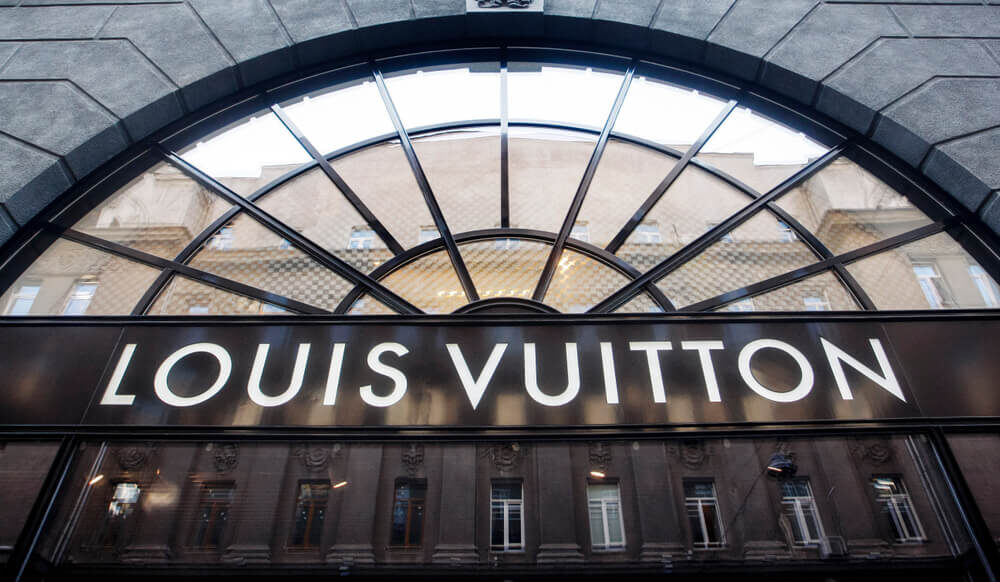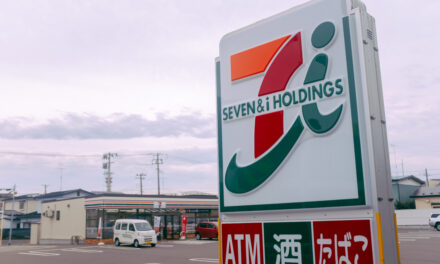Paris-based LVMH Moët Hennessy – Louis Vuitton (OTC: LVMUY) is a luxury goods powerhouse.
It’s best known for its Louis Vuitton handbags and accessories. But the company’s diverse product offerings make it a veritable empire of glitz.
It’s leather goods and accessories portfolio include the Louis Vuitton, Fendi and Marc Jacobs brands, among many other established and up-and-coming brands. LVMH also owns some of the most prestigious watchmakers and high-end jewelers in the world including: TAG Heuer, Hublot, Zenith, Bulgari and Chaumet.
LVMH has even branched out into the high-end champagne, wine and spirit market with brands that have staying power like Moët & Chandon and Hennessy. The oldest wine estate owned by LVMH was founded in 1365.
LVMH is the king of luxury. And that puts it in a unique position to benefit from the rise of China.
Sales of luxury goods in mainland China make up about 9% of all luxury spending. But when you consider the impact of spending by Chinese travelers while overseas, the number jumps to 33%. Bain & Company estimates that by 2025, Chinese buyers will comprise 46% of all global luxury spending.
Of course, these estimates were made before COVID-19 turned the travel and leisure world upside down. And relations between China and the West have deteriorated.
This raises an important question: In the post-COVID world, what happens to demand for luxury goods? Is LVMH’s reliance on China now a liability?
As Yogi Berra said, it’s tough to make predictions, especially about the future.
So instead, let’s give LVMH a look using Adam O’Dell’s Green Zone Ratings system. We’ll take the guesswork out of it and focus on the numbers.
LVMH Stock Rating
LVMH scores right in the middle of the pack with an overall rating of 48. Roughly half the stocks in our universe rate higher. Let’s look at how it rates on each of the six factor’s in Adam’s system.
Volatility — In our rating system, stocks with low volatility rate highly. Over time, the tortoise beats the hare, and low-volatility companies tend to outperform. LVMH rates a 91 here, so it isn’t prone to big price swings.
Momentum — An object in motion tends to stay in motion. Stocks with upward momentum tend to attract new buyers, thus creating a virtuous cycle. LVMH rates highly here as well, scoring a 75.
Quality — LVMH scores a 65 in quality. We measure quality objectively using profitability ratios, debt ratios and other metrics. LVMH’s powerful branding allow it to charge premium pricing, which in turn drives its profitability.
Growth —LVMH rates in the bottom half in growth, at just 37. It’s been an unusual year for the luxury good sector. Apart from the effects of a recession, which normally dampen spending, you have the additional impact of social distancing. What’s the point of buying a flashy handbag if there’s no one to show it to? Why buy a nice bottle of cognac, if there’s no one to celebrate with? With travel expected to stay depressed, LVMH growth may struggle for several more quarters.
Value — As we often see, high quality stocks often rate poorly on value. Good stocks generally trade at a premium. LVMH is no exception. The stock rates at 23, so 77% of the stocks in our universe are cheaper.
Size — LVMH’s size rating of 10 reflects the fact it is the largest luxury goods maker in the world. Historically, smaller companies tend to outperform larger ones.
Takeaway: LVMH is a fantastic company. But given that LVMH rates in the middle of the pack in our Green Zone Ratings system, we wouldn’t expect it to outperform the market if you hopped into the stock now. We expect it to roughly track the S&P 500 over the next one to three years.
Money & Markets contributor Charles Sizemore specializes in income and retirement topics. Charles is a regular on The Bull & The Bear podcast. He is also a frequent guest on CNBC, Bloomberg and Fox Business.
Follow Charles on Twitter @CharlesSizemore.





